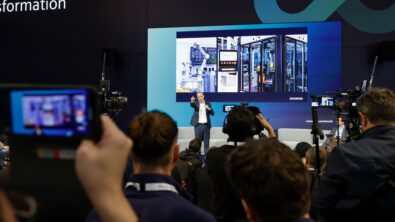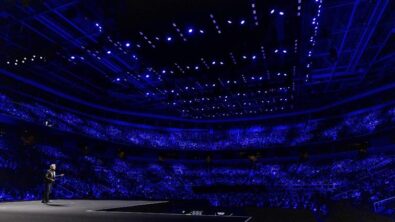Mercury Marine transforms their global product development process
Over the past few months I have been involved in a project with a Teamcenter customer – Mercury Marine. The project was to capture and document their product development process after the deployment of Teamcenter on the unified architecture. The results of the project are a case study and videos.
Mercury Marine is the world’s leading manufacturer of recreational marine propulsion engines. A $1.5 billion division of Brunswick Corporation, Mercury provides engines, boats, services and parts for recreational, commercial and government marine applications.
The goal of implementing PLM was to strengthen their ability to launch new products – better products, and more products faster with fewer resources. They had gone from two engineering sites in USA to six engineering site globally. Their product development process was already complex, even before adding new engineering sites.
Before the implementation the product development process had many manual steps, many different sources of data, and many BOMs that had to be manually reconciled!
“Before the Business Process Transformation the Product design data and project data was stored and managed in multiple systems which lead to longer lead times in our Product Development process” explains Balakrishna Shetty, Technical Lead for CAD, CAM and PLM Systems at Mercury. “With the defined release processes in Teamcenter to capture the development/milestone specific design builds, ensured all stakeholders in the Product Development Process used the same set of information to make the right decisions.”
“In the past the company had multiple systems/places where people could take out part numbers. Engineering Bill of Material was maintained in spreadsheets by all the stakeholders involved with Product Development. The Engineering change process used multiple systems and it was not automated. All this resulted in extended lead time in the design and development phase and didn’t help the downstream users,” says Shetty. CAD data was managed in a PDM environment, preventing the company from leveraging it in cross-functional collaborations.
A key element of the company-wide Teamcenter implementation is the use of a single repository for all product information. This includes Pro/ENGINEER CAD data, design specifications, design standards, material specifications, supplier data, supplier specifications and any other dataset types relevant to the product data. It also includes 600,000 items of legacy product data that were migrated into the Teamcenter database from their previous system. Mercury Marine’s sites are synchronized allowing a level of global design collaboration.
You can read the complete transcript at http://www.plm.automation.siemens.com/en_us/about_us/success/case_study.cfm?ComponentTemplate=1481&Component=104449
and also watch videos at
http://www.plm.automation.siemens.com/en_us/Images/flvplayer_tcm1023-23557.swf
http://www.plm.automation.siemens.com/en_us/Images/flvplayer_tcm1023-23557.swf


